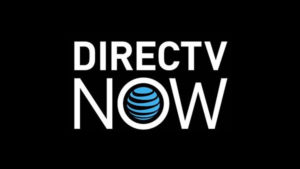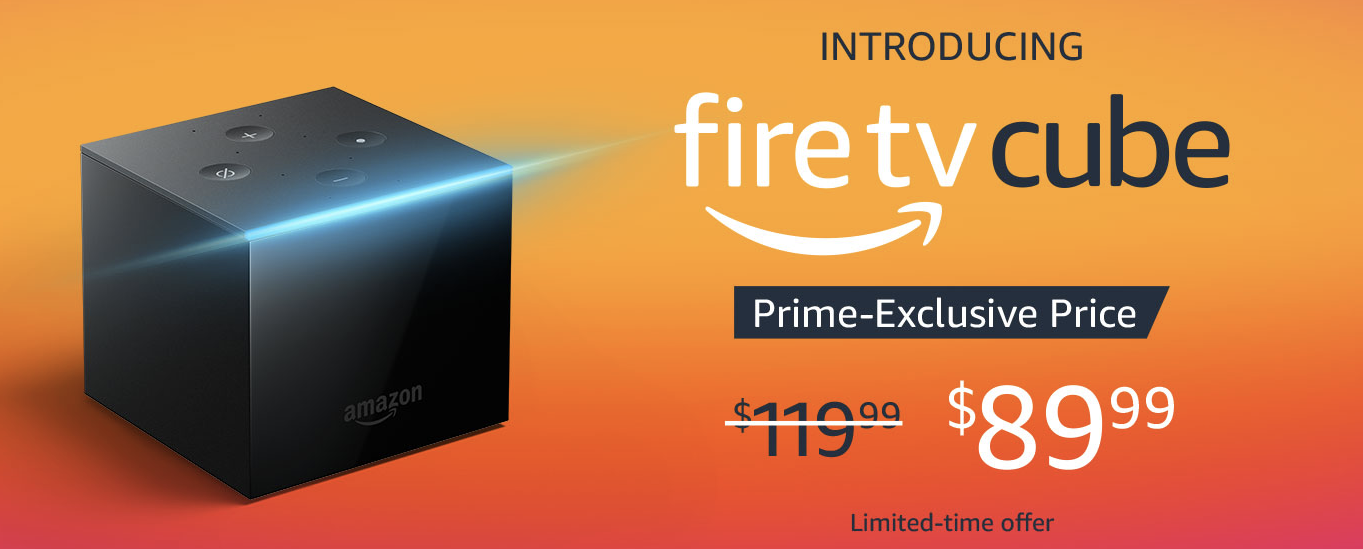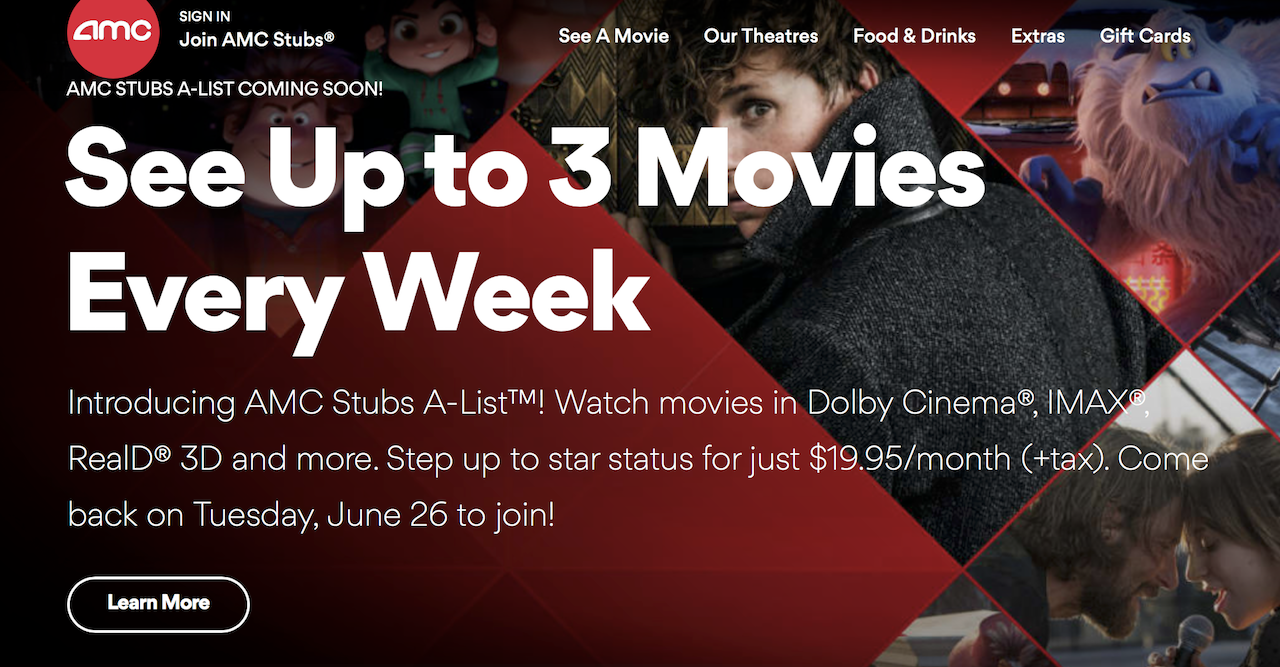Comcast, Verizon, and Layer3 TV are among three major cable providers looking to win over market-share of the paid TV business. But with little retention options and big middle-fingers pointed at their existing customers, it’s no wonder nobody likes Cable.

A little over one year ago, I said goodbye to Comcast. A year before that, I said goodbye to Verizon Fios. This year, I’m kind of saying goodbye to Layer3 TV. The circle continues as I am now going back to Verizon Fios; only I’m going just for the Internet. It’s not that I am dissatisfied with Layer3 TV. It’s a terrific service with great picture quality at a fair price. But my time at Layer3 TV is coming to an end because of a drastic price increase.
Let me preface this by saying that I actually don’t watch that much TV. I have a handful of network shows (NBC, CBS, ABC, Fox, etc) that I watch and I usually DVR those to watch another day. Everything else is my regular lineup on YouTube or Netflix. Layer3 TV is essentially a cord-cutting cable service as it runs strictly over the Internet. And because of this, the company is right up my ally.
So what happened?

Last year Comcast raised my rates from $135 a month including Internet to $185. I tried to negotiate with Comcast but to no avail. The best case scenario for Comcast was when they saved me $20 off that $185 tag by cutting channels. So when Layer3 TV presented me with a deal, I jumped on it. I traded that $185 bill for $135, getting every single channel in the process, even channels I don’t need. And prior to that, when I was coming to an end with Verizon, I also couldn’t negotiate a better deal. So that’s when I jumped to Comcast.
Well, the same thing happened to me this year. One year after switching to Layer3 TV, I faced a huge increase ($50). Once again, I had to make some concessions and in the end I still didn’t save any money. So what did I do? I went back to Fios and I am now paying the same $135 that I did earlier. If all this sounds confusing to you, just think of how I feel. I shouldn’t have to go through this process at all.
We all know that prices go up.
Now let’s be realistic about this: prices do go up. I’m okay with a $10 per month increase. I’d accept that increase. But $50 a month is insane. And what I don’t understand is why cable companies have zero retention opportunities available. I can understand Comcast not having much in the way of retention. Comcast is pretty much the monopoly in many markets. But Verizon and especially Layer3 TV? It makes no sense.

The draw for me about Layer3 TV was that they had a branded fiber network called PureFiber. At the time, PureFiber was $50 for 100 up and 100 down Internet. When you bundled it with Layer3 TV ($75), the package cost $125. Add on a second box for $10 more and you get to $135. This seems reasonable to me. But this year the package changed to $69 for the Internet (same speed), $90 for the TV service, and $10 for the second box. That’s a grand total of $169. To cut costs, I renegotiated with them and sent in my second box. I was supposed to be back to $135. Only, when I got my bill, it was higher. The reason? Because they either lied or weren’t knowledgeable about the program and didn’t tell me my Internet was going to go up.
In good faith, I called them before my year was up to see what would happen. And to be fair, I knew at the end of one year my price might go up. I emphasize the word “Might.” The company makes no claim as to what a rate increase would entail, only it would be at what the then low-rate is. And while this seems to be standard industry practice, the reality is that it’s not a good practice. So I called retentions, threatened to cancel, etc, and nothing; zero negotiations.
The same thing happened when I tried to negotiate with Comcast. The company said no, even when I threatened to leave. And the same thing happened with Fios. I’m not sure what to make of an industry where there is actual competition but zero interest in retention. And this is my point: why is there even such a thing as this carousel? Layer3 TV is a small player, at least they were prior to being purchased by T-Mobile earlier this year. Since the acquisition, the company hasn’t changed their policies or their prices online. If you’re a new customer, you can still get the same introductory package. But old customers get the shaft?
It costs more to acquire a new customer than to keep them.

I worked for years in the wireless industry and we had an understanding that the cost to acquire a new customer is higher than retaining a new customer. This is why retention departments could do almost anything to reduce churn (cancellations). In the cellular industry, the biggest initial expense for getting a new customer was the marketing and initial payout in commissions to the sales reps. The Cable industry seems to have an inverse policy. Win the new customers and screw the old customers. I am sure the cable industry loses money on the first year of any new activation. But I would expect by year two that the cable provider would have focused on retention. But it seems none of the companies truly care about their existing customers.

Comcast has managed to increase revenue in spite of losing over 90,000 paid TV subscribers last quarter. Verizon, conversely, seems to have almost all but given up on TV, promoting fiber TV services with some TV. Layer3 TV is the new kid on the block and is reinventing old-school cable. To be fair, Layer3 TV is focused on an Over-the-top (OTT) service, akin to Direct TV now or Sling TV, but should they really want to scare off old customers? I get that OTT is the future, but in a world where TV contracts and lock-in don’t matter anymore, it makes no sense to try and retain those customer.
And this is why they are missing the point.
The cable companies haven’t figured out a way to curb cord-cutting and it’s obvious why. These cable providers only care about acquiring, not retaining. During the many financial result calls I’ve been on, the figure most touted is new customer acquisitions. It looks good when a cable service adds more than they lose. And in many ways, it’s similar to the cell industry as analysts look for growth over churn. But while the cell industry has focused on driving average revenue per user (ARPU) incrementally while trying to reduce churn, the cable industry has literally set up a brick wall for their clients to overcome in year two.
What the cable industry hasn’t been able to figure out is that if they simply stayed the course with first year customers, they would turn them into customers for life. Incremental upgrades are key to success for this business. Maybe it’s the lack of true competition that is causing this problem. Yet even in my area where there is competition, cable providers seem oblivious to the fact that they are simply commodities. Incremental revenue increases, honest billing, transparent terms, and loyalty could save the cable company from cord-cutters. It could keep the industry growing. Sadly, I don’t think the cable companies will ever figure this out. And if they keep playing these games, they are going to figure out too late that all they needed to do was play fair. That’s how you keep growing as a company. That’s why the cable industry misses the point.
![[Seeq].TV](https://seeq.tv/wp-content/uploads/2018/05/SEEQ-red-black-copy-3.jpg)



